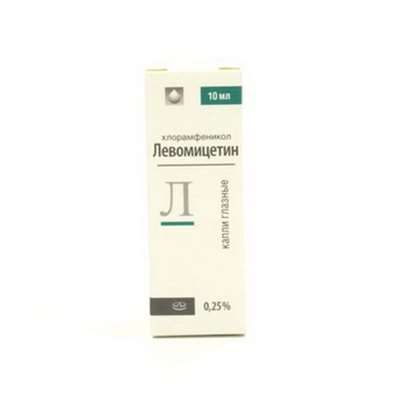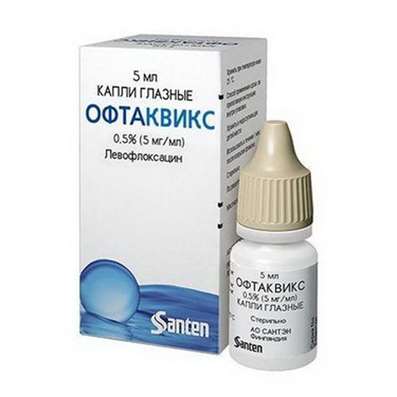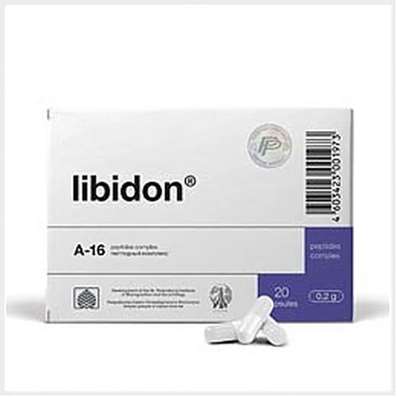Instruction for use: Cerebrolysin
I want this, give me price
Trade name of the drug – Cerebrolysin
International name of the drug: none
Dosage Form: injection
Composition:
Active ingredient: 1 ml of an aqueous solution containing 215.2 mg of the drug concentrate Cerebrolysin (complex peptides derived from porcine brain). The active fraction Cerebrolysin presented peptides, the molecular weight does not exceed 10,000 daltons.Excipients sodium hydroxide and water for injection.
Description:The clear solution of amber color.
Pharmacotherapeutic group:nootropics
ATX Code N06BX
Pharmacological Properties
Pharmacodynamics.Cerebrolysin contains low molecular weight biologically active neuropeptides, which penetrate the blood-brain barrier and enter directly to the nerve cells. Organ-specific drug has multimodal action on the brain, i.e. It provides metabolic regulation, neuroprotection, functional neuromodulation and neurotrophic activity.
a) metabolic regulation: Cerebrolysin improves the efficiency of aerobic energy metabolism of the brain, improves intracellular protein synthesis in the developing and aging brain.
b) neuroprotection: Cerebrolysin protects neurons from damaging effects of lactic acidosis, prevents the formation of free radicals, improves survival and prevents neuronal death in conditions of hypoxia and ischemia, reduces the damaging neurotoxic effects of excitatory amino acids (glutamate).
c) the neurotrophic activity: Cerebrolysin - only peptidergic nootropic drug with proven neurotrophic activity similar to the action of natural factors of neuronal growth (NGF), but manifests itself in a peripheral administration.
d) functional neuromodulation: Cerebrolysin has a positive effect in disorders of cognitive functions, the processes in the memory
Pharmacokinetics.The complex composition of the Cerebrolysin, active fraction which consists of a balanced and stable mixture of biologically active oligopeptides, having a total of multifunctional action, does not allow for the usual pharmacokinetic analysis of the individual components.
Indications.Alzheimer's disease, dementia syndrome of different genesis, chronic cerebrovascular insufficiency, ischemic stroke, traumatic injuries of the brain and spinal cord; mental retardation in children, hyperactivity and attention deficit disorder in children; in complex therapy - with endogenous depression, resistant to antidepressants
Contraindications
- idiosyncrasy of the drug
- acute renal failure
- status epilepticus
Pregnancy and lactation
With careful preparation is prescribed in the I trimester of pregnancy and lactation.
During pregnancy and during breastfeeding Cerebrolysin should be used only after a thorough analysis of the ratio of the positive effect of the treatment and the risks associated with its implementation. The experimental results do not suggest that Cerebrolysin has any teratogenic or has a toxic effect on the fetus. However, similar clinical studies have not been conducted.
Dosing and Administration
It is used parenterally. Dose and duration of treatment depends on the nature and severity of the disease and the patient's age. Possible to assign single doses, which may reach the magnitude of 50 ml, but more preferably, a course of treatment.
The recommended optimal course of treatment is daily injections for 10-20 days.
- Acute conditions (ischemic stroke, traumatic brain injury, complications of brain surgery), from 10 ml to 50 ml
- The residual period of stroke and traumatic injury of the brain and spinal cord from 5 ml to 50 ml
- When psychoorganic syndrome and depression from 5 ml to 30 ml
- In Alzheimer's disease, vascular dementia and Alzheimer's combined-vascular genesis: from 5 ml to 30 ml
- In the neuro-pediatric patients: 0.1-0.2 ml / kg body weight
To improve the efficiency of treatment courses of Cerebrolysin repeated as long as there is improvement in the patient following treatment may be performed. After the first dose rate frequency assignment may be reduced to 2 or 3 times a week.
Cerebrolysin is used in the form of injections: intramuscularly (5 mL), and intravenously (10 mL). Doses between 10 ml up to 50 ml should enter only by slow intravenous infusion after dilution proposed standard solutions for infusion. The duration of infusion was 15 to 60 minutes.
Side effect
Common side effects - more than 1/100 - less than 1/10; Rare side effects - more 1/1000 - less than 1/100; very rare side effects - more than 1/10000 - less than 1/1000; extremely rare side effects -less 1/10000.
When excessively rapid introduction in rare cases a feeling of heat, sweating, dizziness, and (in rare cases) may palpitations or arrhythmia.
From the gastrointestinal tract: rarely observed loss of appetite, indigestion, diarrhea, constipation, nausea and vomiting.
From the central and peripheral nervous system: in rare cases, the alleged effect was accompanied by activation of the excitation (exhibit aggressive behavior, confusion, insomnia). There are reports of occurrence in rare cases (<0.01%) of large seizures and seizures during treatment with Cerebrolysin.
Immune system: very rarely observed hypersensitivity reactions or allergic reactions, manifesting a headache; by pain in the neck, legs, lower back; shortness of breath, chills and collaptoid state.
Local reactions: In rare cases, there is skin redness, itching and burning at the injection site.
Other: according to the results of studies reported very rarely hyperventilation, hypertension, hypotension, fatigue, tremor, depression, apathy, dizziness and flu-like symptoms (cough, runny nose, respiratory tract infections).
It should be noted that some of the undesirable effects (agitation, hypertension, hypotension, lethargy, tremor, depression, apathy, dizziness, headache, shortness of breath, diarrhea, nausea) were identified during clinical trials and occurred equally in patients, Cerebrolysin treated and placebo patients.
Individual hypersensitivity, allergic reactions are possible.
OverdoseNot found
Interaction with other medicinal products.Given the pharmacological profile of Cerebrolysin should pay special attention to possible additive effects when coadministered with antidepressants or MAO inhibitors. In such cases it is recommended to reduce the dose of antidepressant.
Do not mix in the same solution for infusion Cerebrolysin and balanced amino acid solutions.
Cerebrolysin is incompatible with solutions which contain lipids and with solutions which change the pH (5.0-8.0).
SPECIAL INSTRUCTIONS
If the injection too fast perhaps feeling the heat, sweating and dizziness. Therefore, the drug should be administered slowly.
Tested and confirmed the compatibility of the drug (for 24 hours at room temperature and the presence of light) with the following standard solutions for infusion:
-th 0.9% sodium chloride (9 mg NaCl / ml).
Ringer's solution (Na + - 153,98 mmol / l Ca2 + - 2.74 mmol / L, K + - 4.02 mmol / L; Cl -163.48 mmol / l).
5% glucose solution
Cerebrolysin is allowed simultaneous appointment with vitamins and drugs that improve heart circulation, however, these drugs should not be mixed in the same syringe with Cerebrolysin. Use only clear solution, and only once.
Effects on ability to drive vehicles
Clinical trials have shown that Cerebrolysin has no influence on the ability to drive vehicles and use machinery.
PACKAGING
Cerebrolysin Solution for injection 1 ml ampoule
In 1 ml glass ampoules brown. On 10 vials placed in blisters made of PVC, covered with wax paper. One contour cell package with instructions for use placed in a cardboard box.
Cerebrolysin Packaging «in bulk»
Of 10 vials (1 ml) was placed in a blister made of PVC coated with wax paper. In 50 or 225 blisters with instruction on use is placed in a cardboard box.
Cerebrolysin Solution for injection ampoules 5 ml and 10 ml
5 ml, 10 ml vials of brown glass. 5 vials are placed in blisters made of PVC, covered with wax paper. One contour cell package with instructions for use placed in a cardboard box.
Cerebrolysin Solution for injection 30 ml vials
30 ml in a bottle of brown glass, a sealed rubber stopper under an aluminum run-in safety needle hole in the center and covered with a protective plastic cover. By 1 or 5 vials with instructions for use placed in a cardboard box.
STORAGE CONDITIONS
Store in a dark place at a temperature no higher than 25 ° C,
Carefully protected from children.
Note: After the ampoule / vial has been opened the solution should be used immediately.
SHELF LIFE
Shelf life of ampoules - 5 years.
Bottles Shelf life - 4 years.
Do not use beyond the expiration date printed on the package.
Conditions of supply of pharmacies
On prescription

 Cart
Cart





